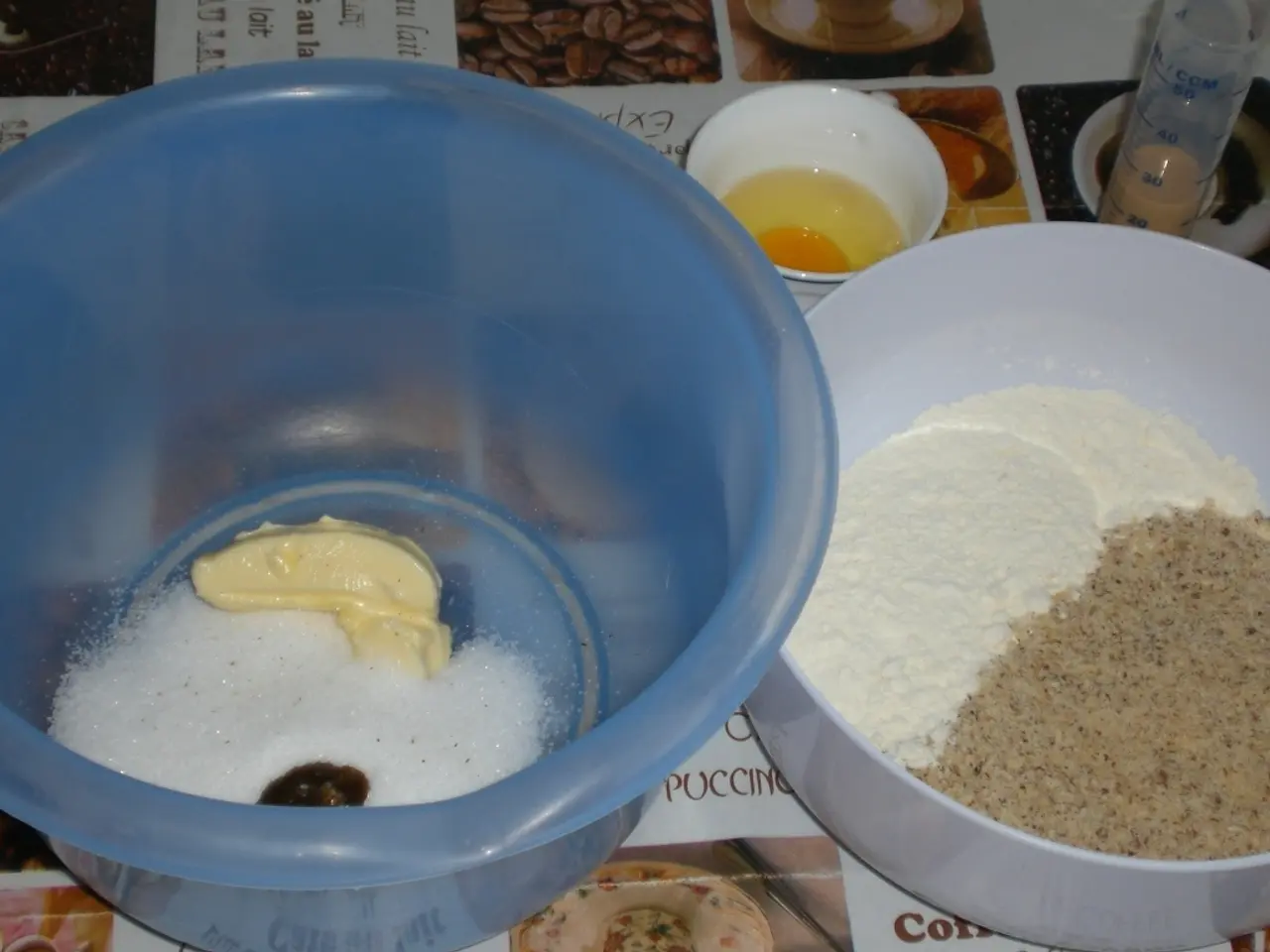Strengthening pelvic floor muscles for bowel regularity: Advice and additional details
Relieving Chronic Constipation: A Comprehensive Approach
Chronic constipation can be a frustrating and uncomfortable condition, but there are several effective treatments available. One such approach involves focusing on the pelvic floor muscles, which play a crucial role in bowel control.
Pelvic Floor Exercises for Constipation Relief
Pelvic floor exercises, also known as Kegel exercises, can be particularly beneficial for those experiencing constipation related to pelvic floor dysfunction or dyssynergic defecation. These exercises help strengthen, relax, and improve the coordination of the pelvic floor muscles, facilitating better bowel control and passage of stool.
To perform these exercises, one should quickly contract and release the pelvic floor muscles 10 times, repeating this process several times a day. For best results, it is recommended to do 5-6 sessions of these exercises daily initially, and then 3 sessions each day when confidence is gained.
A Holistic Approach to Constipation Treatment
While pelvic floor exercises are a key component in treating chronic constipation linked to pelvic floor dysfunction, they are most effective when integrated into a broader therapeutic program.
Biofeedback Training
Biofeedback training uses sensors to help patients learn proper muscle coordination during defecation. This method has strong research support for treating dyssynergic defecation.
Lifestyle and Bowel Habit Modifications
Increasing dietary fiber and fluid intake, establishing a regular bowel routine aligned with circadian rhythms, and optimizing toilet posture (e.g., squatting position) can significantly improve outcomes.
Manual Pelvic Floor Therapy
Manual pelvic floor therapy techniques, including internal vaginal or rectal therapy, can help reduce muscle tightness and increase mobility, complementing exercise.
Relaxation Techniques
Poses like Happy Baby and Child's Pose, combined with deep diaphragmatic breathing, can help relax the pelvic floor muscles and reduce muscle dysfunction associated with constipation.
Balloon Retraining
In refractory cases, balloon retraining, which involves inserting an inflatable balloon into the rectum to improve rectal sensitivity and coordination, can be highly effective.
Core Strengthening
Strengthening core muscles along with pelvic floor muscles may improve bowel function by providing better support and control.
When to Seek Medical Advice
Persistent or severe constipation that does not respond to home treatments should be addressed by a healthcare professional. If unsure about performing pelvic floor exercises correctly, a physical therapist may be able to help. In severe cases, a stimulant or prescription medication may be required.
In summary, pelvic floor exercises are a crucial part of treating chronic constipation linked to pelvic floor dysfunction, but they are most effective when integrated into a broader therapeutic program that includes biofeedback, lifestyle changes, relaxation practices, and sometimes advanced treatments like balloon retraining.
- Chronic constipation can be a frustrating and uncomfortable medical-condition, but there are several effective therapies-and-treatments available, such as focusing on the pelvic floor muscles.
- Pelvic floor exercises, like Kegel exercises, can be particularly beneficial for chronic-constipation cases related to pelvic floor dysfunction or dyssynergic defecation.
- To perform these exercises, one should quickly contract and release the pelvic floor muscles 10 times, repeating this process several times a day, initially 5-6 sessions per day.
- A holistic approach to chronic-constipation treatment is most effective when pelvic floor exercises are integrated into a broader therapy-program.
- Biofeedback training, using sensors to help patients learn proper muscle coordination during defecation, is strongly supported by research for treating dyssynergic defecation.
- Increasing dietary fiber and fluid intake, establishing a regular bowel routine, and optimizing toilet posture can significantly improve outcomes for chronic-constipation cases.
- Manual pelvic floor therapy techniques, including internal therapy, can help reduce muscle tightness and increase mobility, complementing exercises.
- Relaxation techniques like Happy Baby and Child's Pose, combined with deep diaphragmatic breathing, can help relax the pelvic floor muscles and reduce muscle dysfunction associated with chronic-constipation.
- In refractory cases, balloon retraining can be highly effective, improving rectal sensitivity and coordination.
- Strengthening core muscles along with pelvic floor muscles may improve bowel function by providing better support and control.
- If persistent or severe chronic-constipation does not respond to home treatments, seeking medical advice from a healthcare professional is recommended.
- In severe cases, a stimulant or prescription medication may be required.
- Additionally, eye-health, hearing, and skin-conditions are important aspects of overall health-and-wellness, and they might require individual attention for maintaining a healthy lifestyle.
- Other chronic-diseases like Type-2-diabetes, cardiovascular-health issues, respiratory-conditions, Alzheimer's-disease, autoimmune disorders, and cancer should also be considered in a comprehensive approach to health-and-wellness, which often includes fitness-and-exercise, nutrition, and early detection strategies.




